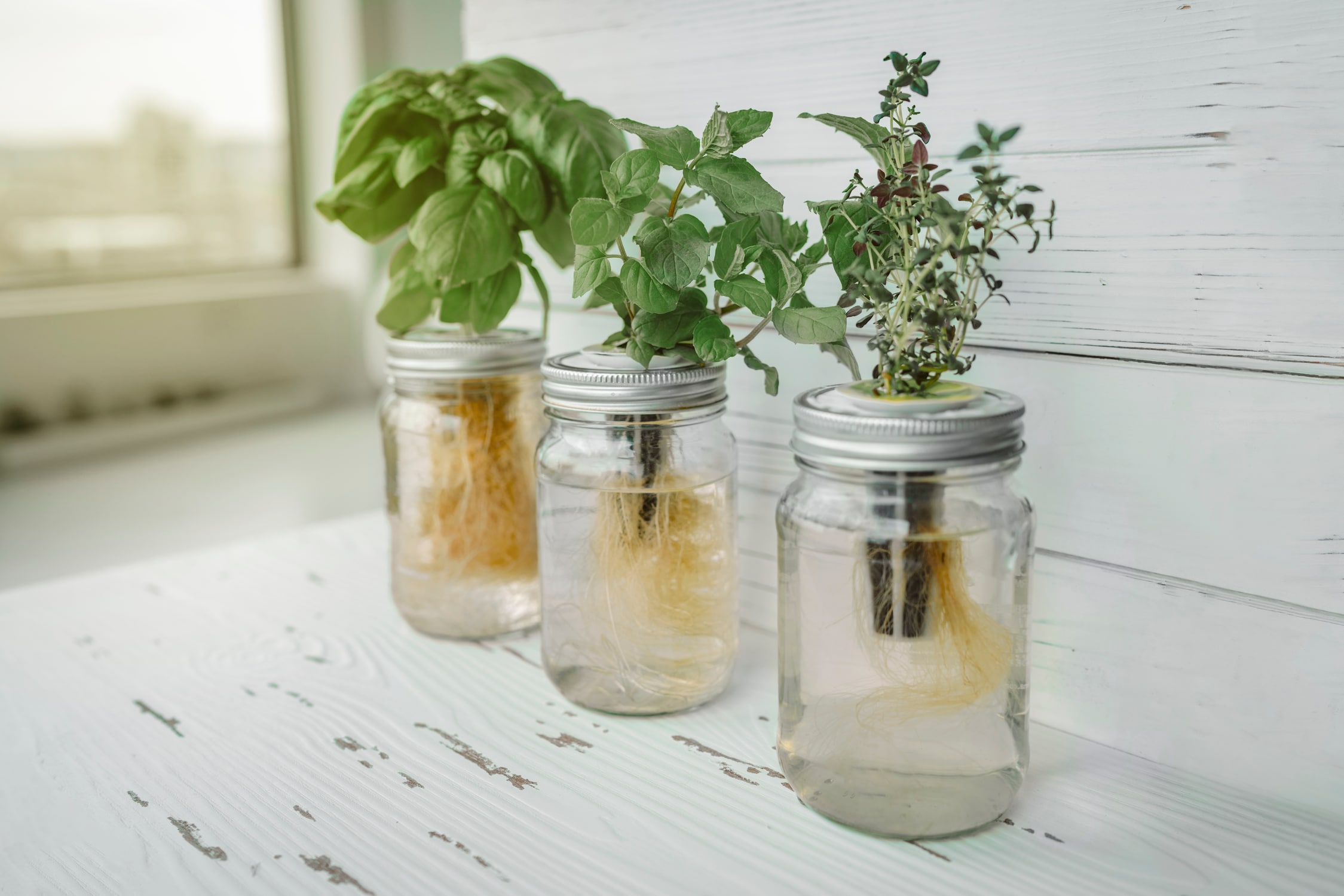
02 Sep Hydroponics for Health and Happiness
Sure, our Urban Cultivators use Hydroponics and Indoor Farming technology to grow plants, but what is Hydroponic farming exactly and how does a Cultivator make it work? The science is not that hard, but it takes a long time to perfect every needed for its application to run smoothly and without fuss. To help you understand the inner workings, let’s explain some of the basic features involved in Indoor Hydroponics.
Hydroponics in a nutshell
Let’s start with saying that Urban Cultivators provide everything you need to grow Hydroponically, but also with regular soil and a few options in-between! Here we’ll explain the difference.
Hydroponics is a type of horticulture commonly used for growing plants and crops using water instead of soil. Water-based farming is called Hydroculture, and both Hydroponics and Aquaponics derive from this. Confused? Don’t be!
With Hydroponics, instead of feeding the plants through soil, you add nutrients directly or with the use of a substrate. They are then spread by the water they grow in. Aquaponics uses the same Hydroponics system, but with fish that eat waste and then secrete nutrients, creating a circular ecosystem. We don’t have fish-filled Cultivators yet, but who knows? For now, we’ll keep our customers happy with fresh greens gained through minimal effort!
There are some key elements required for successful Hydroponic farming, and we’ve gathered them here so you’ll have all the information you will need. Besides substrate and water, most Hydroponics systems are Indoor Farming solutions, requiring them to recreate a few extra elements (literally) every plant needs – Light and Air.
Here is a summary of the natural elements the Cultivator provides and/or regulates, allowing it to grow every type of microgreen you want, all year long. If you want to learn more, click on the links to read the full article behind each feature:
Urban Cultivator Feature #1: “Treating the Water”
Since water is a key element in growing plants, trees and crops of any kind, it’s also a finite resource. Although Cultivators use water for growing, it actually needs less water than regular farming, and its automated system ensures nothing is wasted.
Urban Cultivator Feature #2: “Shining the Light“
Lights play a huge part in Indoor Hydroponics. Once you know what kind of lights your plants will respond to best, you have lots of choices. Since you aren’t using natural sunlight, fluorescent and LED bulbs are very popular choices. They last a long time and are energy efficient. Its very easy to set up your automated lights to come on and go off when you have previously decided. You don’t have to hover over a button waiting for the right time to come. There are usually several option settings. Seeds and sprouts need a minimum of 4 hours per day with 8 being optimum. Most plants do well being under the lights for 18 hours and being in darkness for 6.
Urban Cultivator Feature #3: “Bending the Air“
Good ventilation, air recycling and circulation are very important features in Hydroponics. They help plants grow in a number of ways, like enabling the production of important sugars, providing nutrients and protecting against moisture. Fans and ventilation systems simulate wind, allowing us to control and stabilize the conditions needed to optimize plant growth.
Urban Cultivator Feature #4: “Overturning the Earth“
Hydroponic Farming eliminates the need for soil, although it isn’t absolutely necessary to grow soilless with the Urban Cultivator. It provides means to grow greens in any way you like. Both Hydroponics and regular farming can be done in combination with a more porous and solid solution: substrates. They help to start your seeds off in, easy them through germination and get the best possible root system to stay strong. Hemp grow mats and compressed peat sheets are the recommended substrate for Cultivators.
Click below to read on if you’re still ‘sink or swim’ and don’t want your plants to be!

